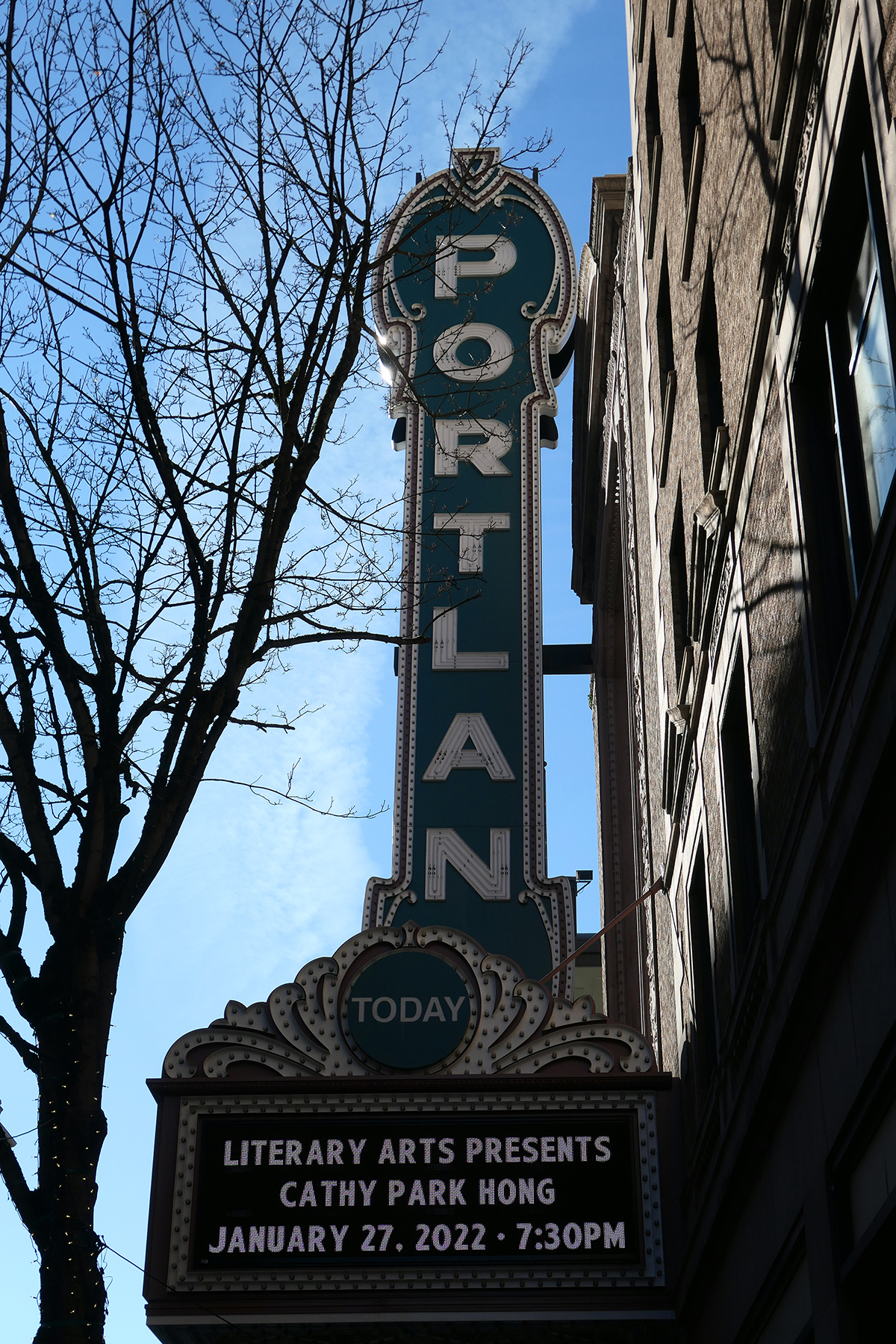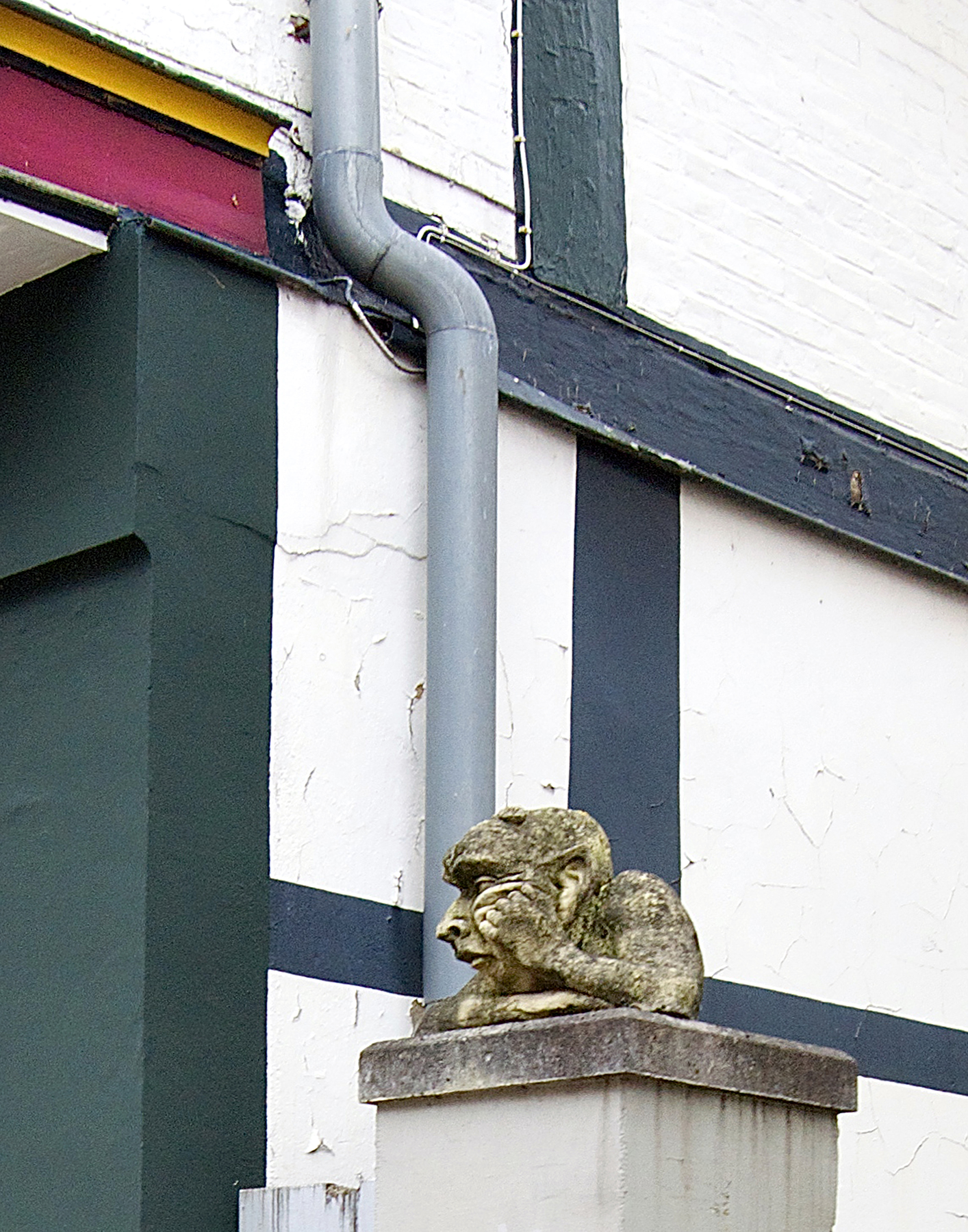After the catastrophe in Fukushima, Germany’s governing parties, abiding by a societal consensus reached as early as Chernobyl, decided in 2011 to phase out the last remaining nuclear reactors. It finally happened exactly a month ago, on April 15th, 2023.

Nuclear Power in Germany: Finally History!
Not so for the rest of Europe, where 12 of the 27 EU-nations insist that nuclear power is the way to go. They prolong the run times for old power plants and build new ones, with Poland planning to react 6 new reactors, and Holland, Great Britain Hungary and Slovakia not far behind. The largest producer of nuclear energy, 2nd only to the U.S., is, of course, France. They have 56 reactors, with 14 new ones in the planning stages.

This is all the more astounding since France has been facing a fiasco: they do not have enough electricity to meet domestic needs, much less export for economic gain, since in 2022 more than half of its reactors had to be shut down, at least temporarily, because of grave cracks, corrosion and general decay in its aging facilities, and because the summer heat and drought affected the cooling towers, with not enough water available, forcing them to be turned off. They are also grappling with political scandals around the falsification of documents that assured the safety of faulty construction materials for new reactors.
The fact that one clings to a path once chosen even if it makes no longer any sense is called “escalating commitment.” If done by you or me – “hey I stick with a job I don’t love, because I invested so much to get to this position in the first place” – it will only harm ourselves. Done by governments, it can harm a nation, or more.
Here in the U.S. we are seeing a version of this, with people granting that the old nuclear plants were bad, but also loudly proclaiming that the new small modular reactors (SMRs) will solve our energy crisis and propel us into a cleaner, cheaper future.
It ain’t so.


To find out why, you can watch Atomic Bamboozle at the Hollywood Theatre or at the Kiggins Theatre in Vancouver, WA, in case you missed the showing at Cinema 21 that I also advertised, some 2 months earlier. Highly recommended, given my vested interest in this film as part of the production team. The documentary will be shown in conjunction with PORTRAIT 2: TROJAN, a meditative short film on the day that the Trojan Nuclear Plant was imploded and decommissioned, by Portland-based artist and filmmaker Vanessa Renwick. In case my recommendation isn’t enough, here’s on from a more familiar name:

Here is the trailer for the film.
Of particular interest for the upcoming showings are several speakers, Joshua Frank and Kamil Khan among them, who will, in turn, introduce the project, and participated in a panel discussion.
Joshua Frank wrote Atomic Days – The Untold Story of the most Toxic Place in America. The book conveys the calamitous risks and staggering costs attached to nuclear power. The author is emphatically describing the threats implicit to all forms of nuclear energy production, not just from the left over underground tanks iat Hanford, currently corroding during ever delayed clean-up activities tagged at $677 billion and growing, tanks that are leaking radioactive broth from its 56 millions of radioactive waste into the ground water and Columbia river at Hanford, and that before the damage from a potential catastrophic earthquake.
There are also related, but perhaps less familiar perspectives that need to be amplified. Here is one of the relevant commentaries on the book:

Frank, by the way, will be also on site for a discussion/community reading of his book on Saturday, June 10th 3:30 – 5 pm at the Goldendale Community Library in the context of one of the most interesting and effective programs offered by the Fort Vancouver Regional Libraries: Revolutionary Reads. (Details in link.)

Kamil Khan is the new executive director of Oregon Physicians for Social Responsibility, who just recently moved to Portland. Hailing originally from Pakistan, a nuclear-capable power, he is, in his own words, aware of some of the implications of its use.
“What those celebrations of (underground nuclear testing) did not factor was the environmental and social costs of testing, maintaining, and expanding the nuclear arsenal. I firsthand saw the ramifications of a bloated military budget and the divestment from necessary social programs as a result. I was also privy to the lack of political stability and scapegoating of “enemy” countries; this nuclear flexing was a compounded abomination to the very real human suffering occurring on the daily.”
Other speakers and panel discussants are
• Jan Haaken, director and documentary filmmaker
• Samantha Praus, producer
• Lloyd Marbet, executive director Oregon Conservancy Foundation
• Patricia Kullberg, Oregon Physicians for Social Responsibility, moderator.

Photographs today are from the Hanford site and region, where the documentary film crew spent time last summer. Music is self explanatory…
May 21, 3:00 PM – 5:00 PM
Hollywood Theatre, 4122 NE Sandy Blvd. (Tickets available via link)
Jun 07, 7:00 PM
Kiggins Theatre, 1011 Main St, Vancouver, WA 98660























































































































































